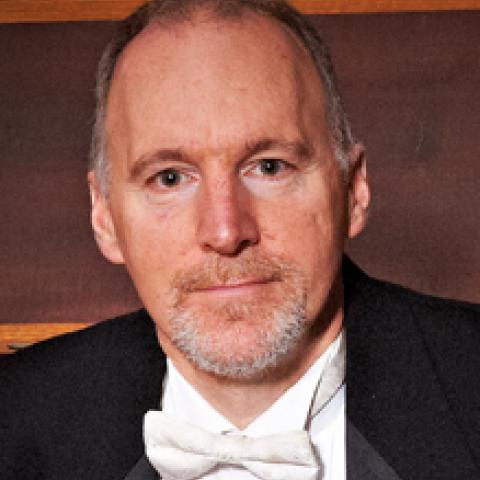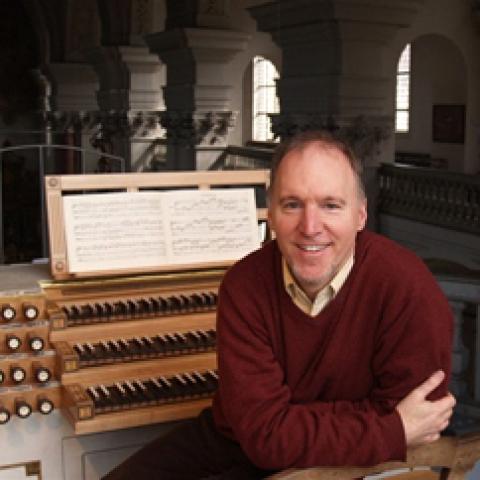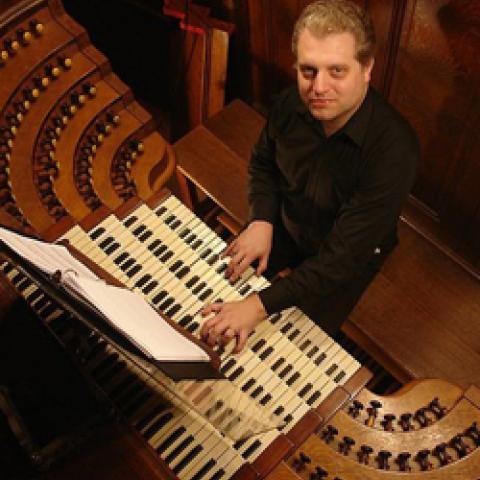
Jonathan Dimmock toured in Europe, playing nine recitals in five countries. Upon his return to the U.S., he accompanied the Santa Fe Desert Chorale, and Susan Graham, in two performances of the Duruflé Requiem.
Dimmock has released a new Bach CD, “Bach in Haarlem,” recorded on the Christian Müller organ at the Bavo Kerk in Haarlem, the Netherlands. The CD is available on Loft and through Naxos.
Organist and choir director at St. Ignatius Church and Congregation Sherith Israel, both in San Francisco, Dimmock won a Grammy Award for his work with the San Francisco Symphony. He has recorded nearly 40 CDs, and has founded a new organization, entitled Resonance, which uses music in international conflict resolution.
For information: www.JonathanDimmock.com.






